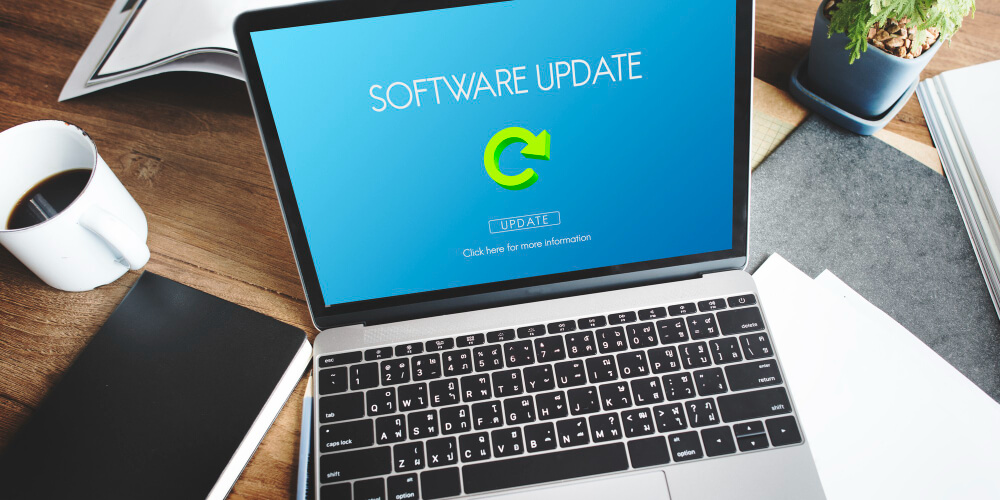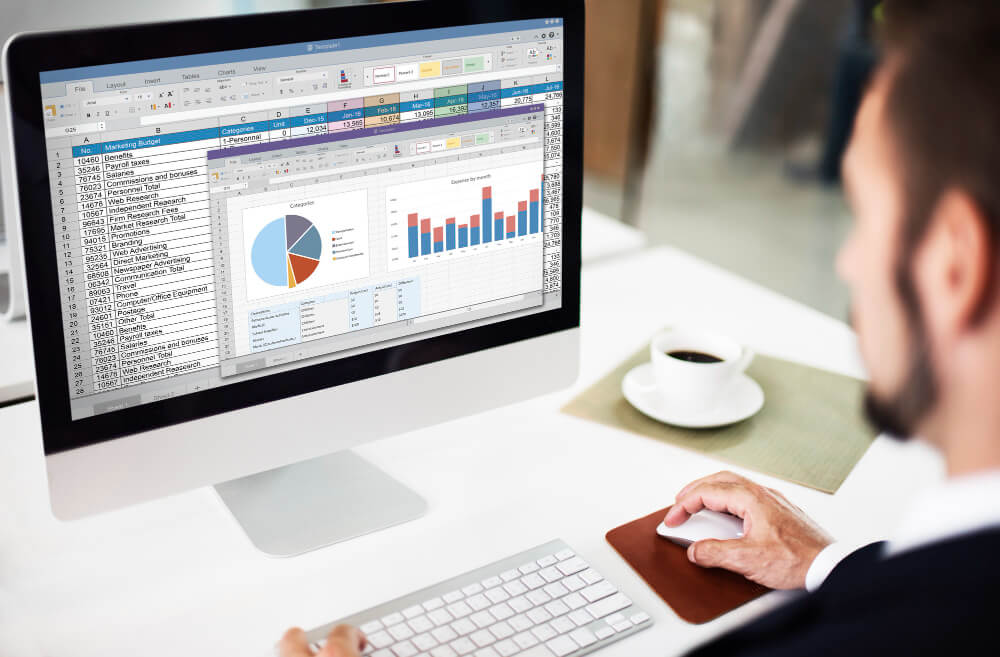In today’s fast-paced world, a slow-loading website can make or break your online business. With customers expecting websites to load quickly, a sluggish website can result in lost sales and frustrated customers. In this article, we will discuss some effective strategies to improve the speed of your Bigcommerce website, providing your customers with a better online experience.
Optimize Your Images
Images are an essential component of any website. However, large images can significantly slow down your website’s loading time. The key is to optimize your images without compromising on quality. There are several image optimization tools available like TinyPNG, Compressor.io, or Kraken.io to compress images without any loss in quality. By optimizing your images, you can significantly reduce your website’s loading time.
Use a Content Delivery Network (CDN)
A Content Delivery Network (CDN) is a network of servers that are distributed globally, with the aim of delivering content quickly to users based on their geographic location. Using a CDN can improve your website’s speed by distributing content to the server closest to the user, reducing the time it takes for the content to load. Bigcommerce offers a built-in CDN, so make sure to enable it to enhance your website’s speed.
Minimize HTTP Requests
Every time a user visits your website, their browser sends an HTTP request to the server to retrieve the webpage. The more requests, the slower your website. To minimize the number of HTTP requests, you should combine CSS and JavaScript files, reduce the number of images, and use code optimization tools. Minimizing HTTP requests can significantly improve your website’s loading time.
Choose a Fast Hosting Provider
Choosing the right hosting provider is crucial in determining your website’s speed. A fast hosting provider will offer fast page loading times and a reliable uptime record. A slow hosting provider can negatively impact your website’s speed, leading to lost customers and reduced sales. It is important to choose a reputable hosting provider to ensure your website’s optimal performance.

Enable Browser Caching
Browser caching is a technique that allows your website to store some of the files on the user’s device, reducing the time it takes to load the website. Enabling browser caching can significantly improve your website’s speed. You can set the caching parameters in the .htaccess file or use a caching plugin to enable browser caching.
Monitor and Optimize
Monitoring your website’s speed regularly is crucial in identifying areas that need improvement. There are several online tools available like GTmetrix or Pingdom that can monitor your website’s speed and provide suggestions for improvement. Use the data to identify areas that need optimization and optimize accordingly.
Minimize Third-Party Scripts
Third-party scripts can significantly slow down your website by increasing the number of HTTP requests. To minimize the number of third-party scripts, remove unnecessary ones, and optimize the ones you need. You can also use lazy loading to delay the loading of third-party scripts until they are needed.
Use Lazy Loading
Lazy loading is a technique that loads only the content that is visible on the screen, delaying the loading of off-screen content. This reduces the amount of data that needs to be loaded, leading to faster website speed. You can use a lazy loading plugin to enable lazy loading on your website.
Reduce Redirects
Redirects can slow down your website by adding an additional HTTP request. To reduce the number of redirects, remove unnecessary ones, and optimize the ones you need. By minimizing redirects, you can significantly improve your website’s speed.
Optimize Your Database
Databases can significantly slow down your website if they are not optimized. You can optimize your database by removing unnecessary data, indexing your tables, and cleaning up your database regularly. By optimizing your database, you can improve.



